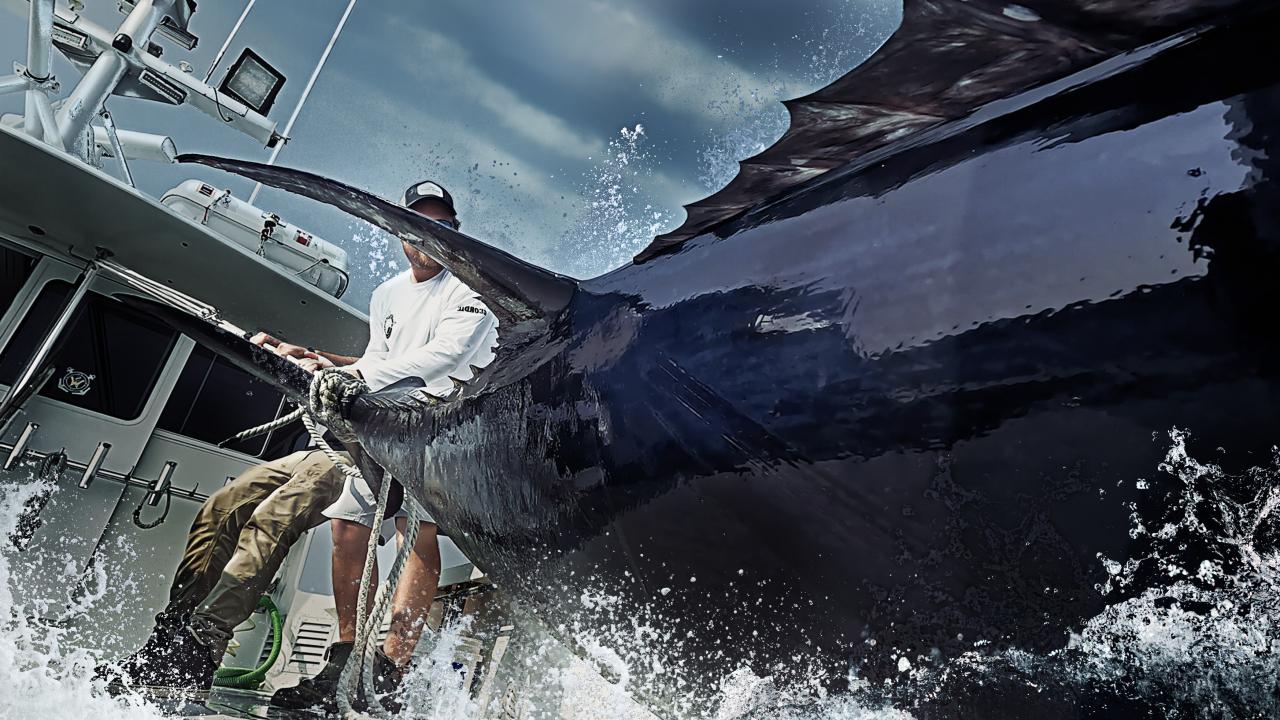- Canada
Americas
Asia & Oceania
Middle East & Africa
Europe
TV SHOWS
VIDEOS
Don't Miss
Most Viewed
Photographer S1
Show: PhotographerLawless Island S7
Show: Lawless IslandWicked Tuna S13 Promo
Show: Wicked TunaPolar Bear Cubs
Show: Wild CanadaShipwreck Treasure
Show: Wicked TunaThe Invaders
Show: Wild Yellowstone: She WolfCritter Fixers: Country Vets S6
Show: Critter Fixers: Country VetsMonkey Hot Tub
Show: Wild Japan: Snow MonkeysTo See God Inside Your Brain
Show: The Story of God with Morgan Freeman
PHOTOS
Photo of the day

WICKED TUNA
- HOME
- ABOUT
- VIDEOS
- PHOTOS
- LOCATION
- INTERACT
- MORE
- Plight of the Bluefin Tuna
- Still Waters: The Global Fish Crisis
- Frequently Asked Questions
- Bluefin Tuna
- Seafood Crisis: Time for a Sea Change
- Wicked Glossary
- Bluefin Tuna 101
- Gloucester: The Fishing Life
- Captain's Q&A
- Rod and Reel: Bluefin Tuna Fishing by the Numbers
- Overfishing
- 10 Things You Can Do to Save the Ocean
- Seafood Substitutions
- Cook Wise Recipes
- Bluefin Tuna Resources
- Bluefin 360
- LEARN ABOUT BLUEFIN TUNA
BLUEFIN TUNA
Bluefin Tuna
In the Mediterranean, large quantities of bluefin are rounded up with huge purse-seine nets and herded into enclosures, where they are fed to increase their weight before they are harvested. According to the International Union for Conservation of Nature, European tuna ranching has made it difficult to obtain accurate catch and size composition data, because the fish cannot be accurately sampled until they are harvested—which takes place anywhere from several months to several years after they originally were caught in the wild. The U.S. fishing industry and some conservation scientists say that those problems made it easy for European bluefin fishermen to underreport the number of fish they caught.
Bluefin Swirl
The bluefin tuna is one of the biggest species of bony fish on the planet, with some specimens growing to more than ten feet and up to a ton in weight. Beyond that, bluefin are renowned for their speed—they can swim at top speeds of over 40 miles per hour—and their graceful, streamlined shape, which is so efficient in the water that the Pentagon has studied it as a model for Navy torpedoes. Bluefin have other remarkable anatomical and physiological characteristics as well. They are warm-blooded fish, and that quality enables them to venture into the colder regions of the Atlantic in search of prey. Additionally, bluefin have the ability to retract their pectoral fins, and their relatively stiff body channels their muscular energy directly to a highly efficient, crescent-shaped tail.
School of Tuna
These particular creatures are southern bluefin tuna, Thunnus maccoyii, a different species than the one caught off the coast of New England and smaller than Atlantic bluefin. Southern bluefin are found throughout the southern Atlantic, Pacific, and Indian Oceans. Just as bluefin in the north Atlantic return to the Mediterranean or the Gulf of Mexico to spawn, southern bluefin gravitate back to the warm waters south of Java to reproduce between September and March. They are opportunistic feeders whose diet can include smaller fish, crustaceans, mollusks, and other marine life. Southern bluefin have been even more seriously overfished than the northern Atlantic variety, and their biomass has declined so drastically that some scientists predict their population will dip to below 500 mature individuals within the next century.
Shimmering Bluefin Tuna
Bluefin start life as tiny larvae, and at a year old, they weigh only about ten pounds. In the course of a lifetime that may stretch over several decades, they can grow to 200 times that weight. The biggest bluefin tuna caught by an angler in Massachusetts waters weighed 1,228 pounds in 1984, and the all-tackle record for the Atlantic is 1,496 pounds, caught in Nova Scotia in 1979.
Bluefin Tuna Swimming
In this picture, bluefin tuna swim in a dense school. Tagged northern bluefin tuna have been tracked across the Atlantic Ocean—a trip that, in a straight line, stretches for 4,830 miles. The tagged fish made the trip in 119 days, averaging more than 40 miles each day. Bluefin, like sharks, are powerful swimmers but must stay on the move. Their rigid head, which enables them to swim fast, has the drawback of not allowing them to pump water over their gills, as some other fish do. Instead, in order to force water over their gills, they must swim with their mouths open.
ADVERTISEMENT
PHOTOS

Bluefin Catch
Join these men and woman in the fishing of one of the smartest fish in the ocean and the hardest...
- All Galleries
VIDEOS
More On Society


![Two cheetahs work together to bring... [Photo of the day - 20 APRIL 2024]](https://assets-natgeotv.fnghub.com/POD/15172.ThumbL.jpg)
![Tim Shaw peels the foam roof off... [Photo of the day - 19 APRIL 2024]](https://assets-natgeotv.fnghub.com/POD/15170.ThumbL.jpg)
![Two crew members film Dr. Pol, Ben... [Photo of the day - 18 APRIL 2024]](https://assets-natgeotv.fnghub.com/POD/15168.ThumbL.jpg)







